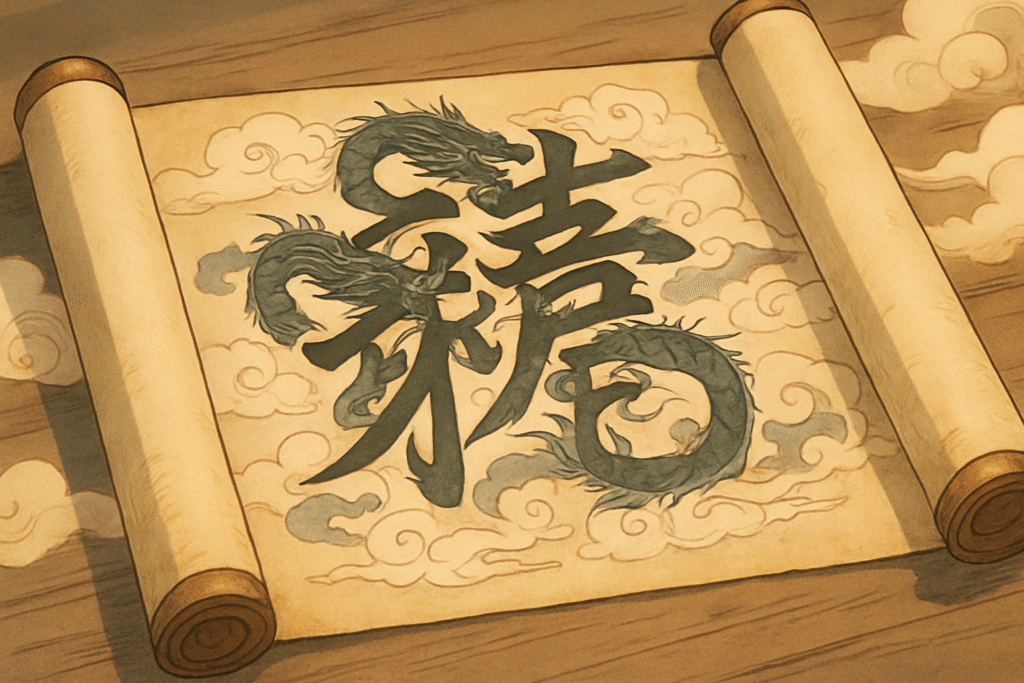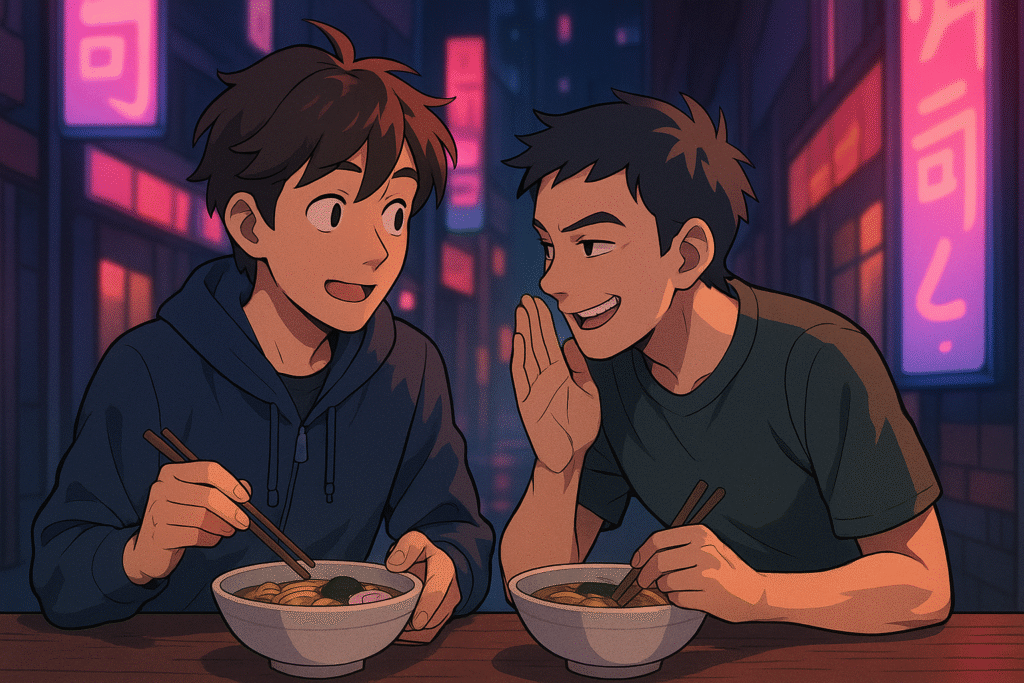Have you ever stared at a Japanese text and wondered how anyone could possibly memorize such intricate characters? Picture yourself sitting in a Tokyo café, watching a calligrapher gracefully stroke their brush across paper, creating what looks like an impossibly complex symbol with dozens of interconnected lines. You’re witnessing someone write one of the hardest kanji to write in existence—characters so complex they challenge even native Japanese speakers.
The world of Japanese writing contains some truly mind-bending characters that push the boundaries of visual complexity. Among these linguistic marvels stands the ultimate champion: a character so intricate it requires 84 individual strokes to complete. Understanding these challenging characters isn’t just about academic curiosity—it’s about appreciating the incredible depth and artistry of Japanese writing culture.
What Makes the Hardest Kanji to Write So Challenging?
The hardest kanji to write combines multiple complex elements into single characters that can overwhelm even experienced learners. These characters typically feature:
Stroke Count Complexity
- Taito (𱁬): The undisputed champion with 84 strokes
- Tetsu (𪚥): A formidable 64-stroke character meaning “chatter”
- Hō (䨻): 52 strokes representing “thunder sound”
Component Multiplication
The most challenging characters often use a technique called reduplication, where simpler elements repeat to create meaning:
Dragon Elements:
- 龍 (ryū): 16 strokes for “dragon”
- 龘 (tō): 48 strokes for “dragon in flight” (triple dragon)
Cloud Elements:
- 雲 (kumo): 12 strokes for “cloud”
- 䨺 (tai): 36 strokes for “cloudy” (triple cloud)
The Ultimate Challenge: Taito – The 84-Stroke Monster
Among all the hardest kanji to write, Taito stands absolutely supreme. This extraordinary character combines the 36-stroke “cloudy” component (䨺) placed above the 48-stroke “dragon in flight” component (龘).
Breaking Down Taito’s Complexity
Upper Section (36 strokes):
- Three cloud characters (雲) arranged together
- Each cloud contains the rain radical (雨) plus phonetic elements
Lower Section (48 strokes):
- Three dragon characters (龍) combined
- Each dragon represents power and celestial movement
Real-World Usage
Surprisingly, this hardest kanji to write isn’t just a dictionary curiosity. In 2000, a ramen shop near Kita-Matsudo Station in Chiba Prefecture actually adopted this character as its name, pronounced “Otodo.” Imagine trying to write your restaurant’s name with 84 precise strokes!
Other Contenders for Hardest Kanji to Write
Tetsu (𪚥) – 64 Strokes
This character meaning “chatter” or “garrulous” contains four dragon radicals. Writing Tetsu requires:
- Careful spacing of four complex dragon elements
- Precise stroke order to maintain character balance
- Extended concentration due to its repetitive nature
Hō (䨻) – 52 Strokes
Representing “thunder sound,” this character features four thunder radicals (雷). Each thunder component contains:
- Rain radical (雨) at the top
- Field radical (田) in the middle
- Multiple connecting strokes
Want to explore Japan’s culture?
Discover Japan’s rich culture, traditions, and hidden gems with our expertly crafted guides. Get insider tips on travel, food, and history. All for free!
Learning Strategies for Complex Kanji
Start with Foundations
Before attempting the hardest kanji to write, master basic components. Just like learning Japanese passive form requires understanding fundamental grammar, complex kanji demand solid radical knowledge.
Component Recognition Method
- Identify base radicals (dragon, cloud, thunder)
- Practice individual elements separately
- Combine gradually to build complete characters
- Focus on stroke order for each component
Memory Techniques
- Visual storytelling: Create narratives about dragons flying through clouds
- Repetitive practice: Write components daily until automatic
- Progressive building: Add one element at a time
Cultural Significance and Modern Usage
Dictionary Ghosts vs. Living Characters
Many extremely complex kanji exist only in dictionaries as “ghost characters”—theoretical constructions that never appear in actual writing. However, some hardest kanji to write occasionally surface in:
- Specialty dictionaries for academic research
- Artistic calligraphy as ultimate challenges
- Cultural demonstrations of writing complexity
- Restaurant names (like the famous Otodo ramen shop)
Digital Age Impact
Modern technology has transformed how we interact with complex kanji:
- Input methods allow typing without writing by hand
- Character recognition software struggles with extremely complex forms
- Unicode standards now officially include characters like Taito
Building Your Kanji Foundation
While mastering the hardest kanji to write represents an extreme challenge, building fundamental skills remains essential for Japanese learners. Consider strengthening your foundation with comprehensive study materials, including our JLPT N5 Study Guide, which provides structured learning for essential Japanese characters and grammar patterns.
Progressive Learning Path
- Master basic greetings like konnichiwa in English
- Learn common expressions including contextual phrases
- Understand fundamental grammar such as contrast expressions
- Build vocabulary with everyday terms
- Progress to complex characters gradually
Expert Tips for Approaching Complex Kanji
Physical Writing Techniques
- Use proper brush angles for traditional strokes
- Maintain consistent pressure throughout long characters
- Plan spacing carefully before beginning
- Practice component transitions smoothly
Mental Preparation
- Break characters into manageable sections
- Visualize completed forms before writing
- Accept gradual improvement over perfection
- Celebrate small victories in complex character mastery
The Future of Complex Kanji
As Japanese writing evolves in the digital age, the practical necessity for writing the hardest kanji to write by hand diminishes. However, these characters remain:
- Cultural treasures representing linguistic artistry
- Calligraphic challenges for dedicated practitioners
- Academic subjects for language researchers
- Sources of fascination for Japanese learners worldwide
Quick Q&A: Hardest Kanji to Write
Q: What is the hardest kanji to write? A: Taito (𱁬) is the hardest kanji to write with 84 strokes.
Q: How many strokes does the most complex kanji have? A: The most complex kanji, Taito, contains exactly 84 strokes combining cloud and dragon elements.
Q: Are extremely complex kanji used in daily Japanese? A: No, the hardest kanji to write like Taito rarely appear in everyday Japanese writing and exist mainly in specialized dictionaries.
Q: Can I learn complex kanji without knowing simpler ones? A: It’s not recommended. Master basic radicals and simpler characters first, just like building vocabulary with common expressions before tackling advanced grammar.
Q: How long does it take to write the hardest kanji? A: Writing Taito properly can take several minutes for even experienced calligraphers, requiring careful attention to each of the 84 strokes.
Conclusion: Embracing the Challenge
The hardest kanji to write represent the pinnacle of written linguistic complexity, showcasing centuries of cultural evolution and artistic expression. While characters like the 84-stroke Taito may seem impossibly daunting, they remind us of the incredible depth and beauty within Japanese writing systems.
Whether you’re just beginning your Japanese journey with basic phrases or advancing toward intermediate proficiency, appreciating these complex characters enriches your understanding of the language’s artistic dimensions. Remember, every expert calligrapher once struggled with their first simple stroke—the path to mastering even the hardest kanji to write begins with patient, consistent practice of fundamental elements.
Start building your Japanese foundation today, and who knows? Perhaps someday you’ll confidently tackle the legendary 84-stroke Taito yourself!
Love Japan? Stay in the Loop!
Get the best of Japan straight to your inbox: language, culture & travel insights!




